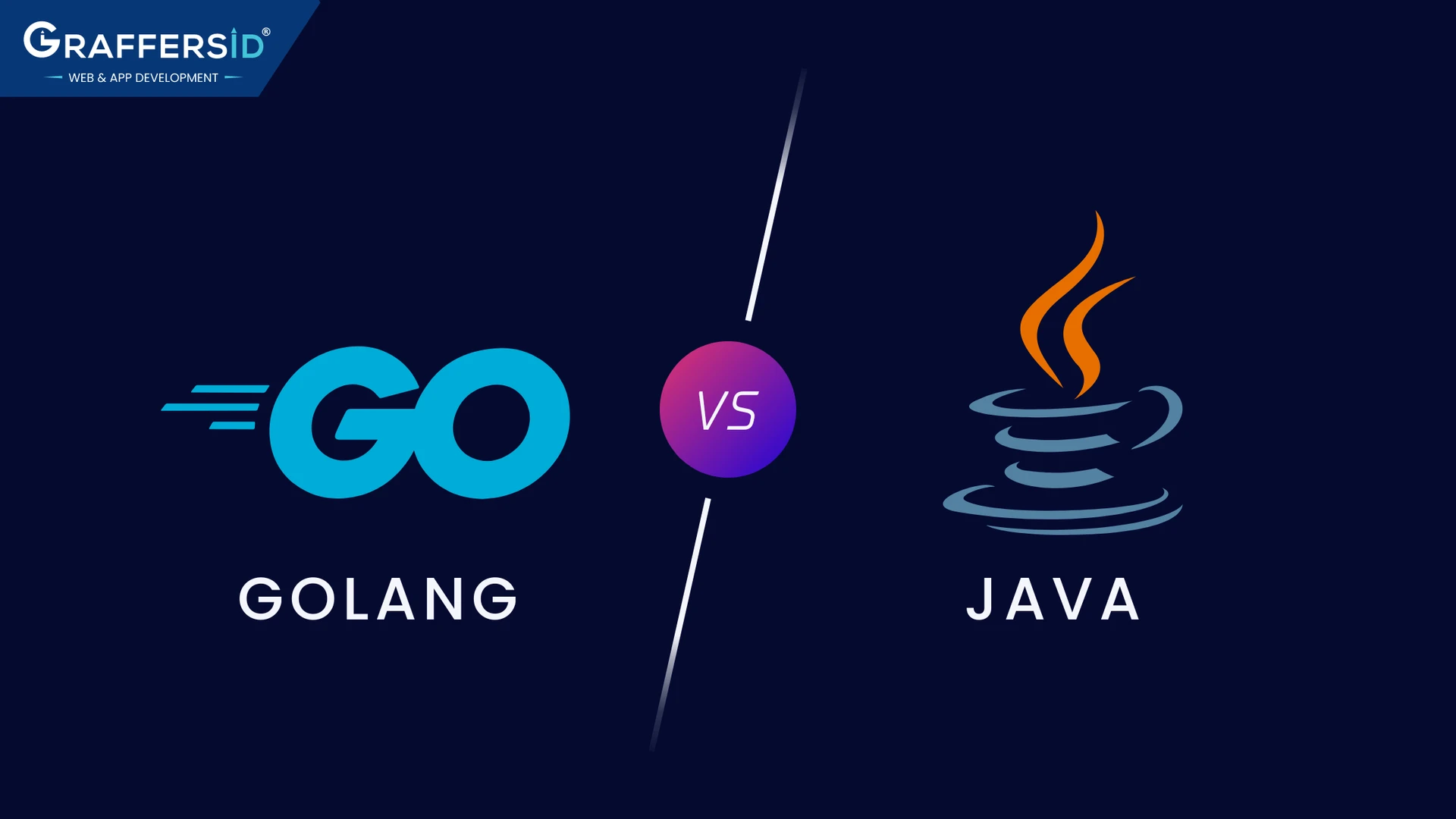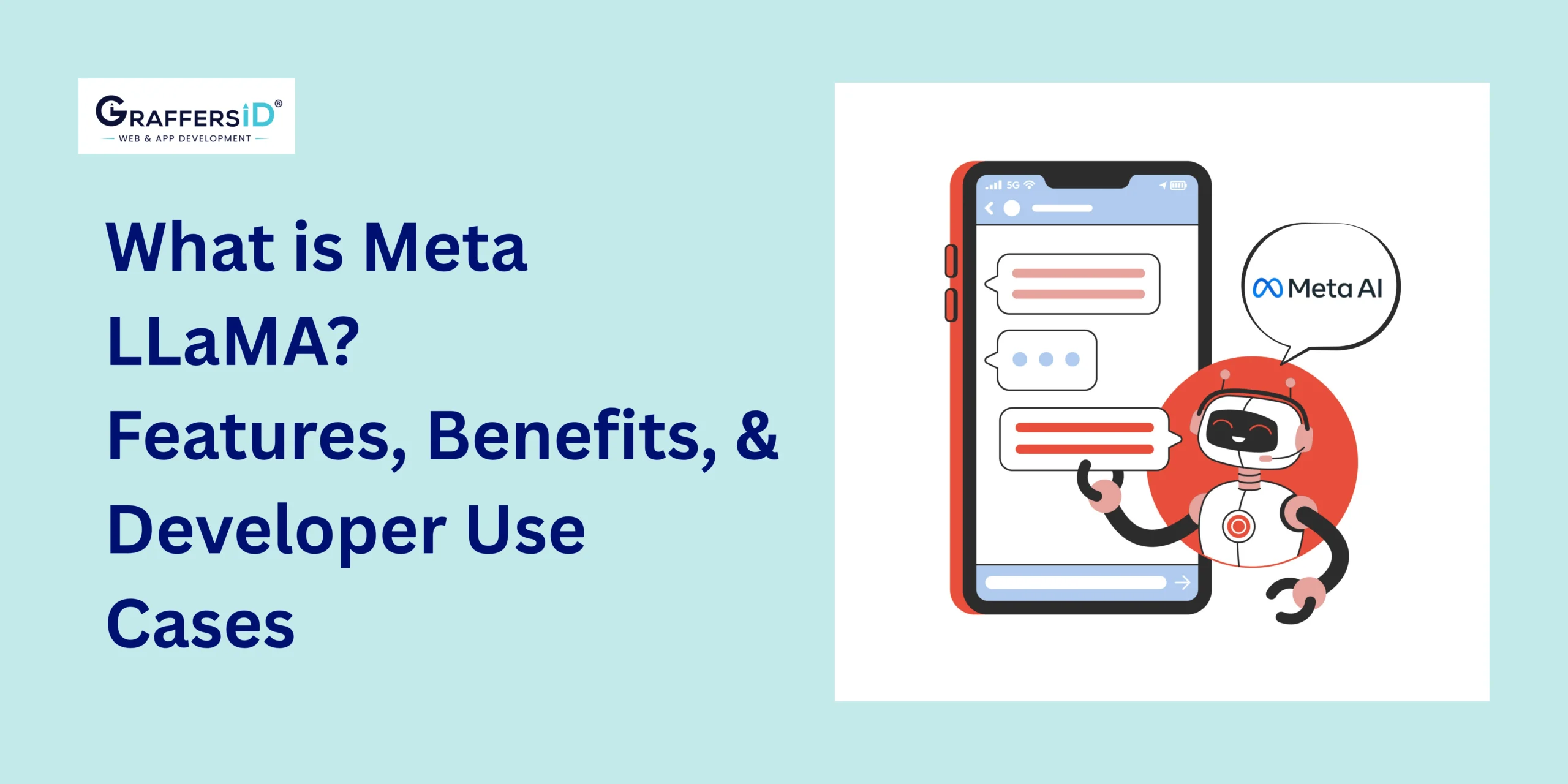As we step into 2025, the decision of whether to opt for Golang or stick with Java becomes more critical than ever. This article dives deep into the comparison between Golang vs Java, helping you make an informed choice for your projects.
What is Golang?
Golang is a programming language that was created by Google in 2007. It has been open-sourced and is now used by many companies to develop their software. It is a general-purpose, concurrent, and statically typed programming language that offers support for functional programming in the form of channels and goroutines.
It’s also worth noting that Go is an open-source project with a large community of contributors, so it’s easy to find support if you need help.
What is Java?
Java is a programming language and software platform. It is an object-oriented programming language that was designed by James Gosling, Mike Sheridan, and Patrick Naughton. Java has been used in many different fields including computer programming, application development, embedded software development, enterprise software development, and many more.
Read Also: TypeScript Vs JavaScript
The Pros and Cons

Pros of Golang:
-
Golang provides an efficient way to write full-stack applications
-
One syntax that is both familiar and easy to learn for programmers from other languages
-
The syntax of the language allows writing code within minutes after learning the basics
-
Golang is also one of the more secure computer languages because it has built-in features such as automatic garbage collection and thread safety. Since it’s easy to write code without any errors, there’s far less need for debugging during application development
-
Golang is a programming language that comes with a built-in testing tool.
-
Golang is super fast, simple to learn, and easy to maintain.
Cons of Golang: –
-
Golang requires new programmers to learn a new language which can be difficult to do at times. Thus, companies that want their employees to continue using the same programming languages they are used to may not want them to use Golang despite its benefits.
-
Golang is still new and thus has a lack of resources. Thus, it can be difficult to find available assistance.
-
The incomplete framework at the moment is not perfect with concurrency or type safety.
-
The cons however are that the framework isn’t done yet, it can’t be run in parallel but instead requires all processes to run sequentially
-
Golang has not matured yet and lacks a strong community of professional developers.
-
Golang, or Go, isn’t perfect when it comes to error handling.
Read Also: Node.Js vs Java
Java framework Pros:
-
It can be used to build large-scale applications as well as small-scale ones. –
-
Java is a reasonable choice for businesses because it provides a high return on investment and can be used for both small and large projects.
-
This framework is an open-source language, which means that there are no licensing fees to worry about when choosing this language.
-
It has an easy learning curve, which means that it’s easy to pick up for beginners who want to start coding but don’t know where to begin or what language they should learn first.
-
Java is a programming language, which automatically cleans up unused objects when they go out of scope.
-
The programming language Java is written in a high-level language.
-
It is a favorite language in many varied companies. It’s a popular choice because it’s secure and provides lots of programs for work.
-
This is platform-independent, which means it can be used on a wide range of devices and operating systems. This makes it reliable and flexible enough for users to use at any time.
Java framework Cons:
-
Does not have a standard library of prebuilt functions/classes scale
-
Java is not as simple as other programming languages, which makes it harder for beginners to learn the basics of the language.
-
It is slow and can perform poorly in situations where lots of processing power is needed.
-
The Java programming language has a few glitches when it comes to the GUI.
-
Java has zero features to back up the data of users.
-
It is a memory-intensive language and uses more RAM resources than other programming languages.
Is Go a viable alternative to Java for enterprise development?
Go is particularly useful in situations where scalability and performance are key requirements. It also makes it easier for developers to write code that can be deployed quickly and efficiently. Additionally, Go provides built-in support for distributed systems which makes it suitable for applications that need to run across multiple machines or networks.
Overall, Go is a powerful language with many advantages over Java when used in the enterprise environment. Its speed and scalability make it an attractive option for businesses looking to build robust applications that can handle large workloads with ease.
Read Also: Java vs JavaScript
Golang Trends in 2025
The world of programming languages is ever-evolving, and Go, often referred to as Golang, is no exception. Since its inception by Google in 2007, Go has gained immense popularity for its simplicity, efficiency, and robust performance. In 2025, the Go programming language continues to flourish, and developers around the globe are embracing its latest trends and advancements. Let’s explore some exciting Golang trends of 2025, providing you with insights into what’s shaping the future of Go development.
-
WebAssembly and Go:
WebAssembly (Wasm) has been a hot topic in the web development world, and Golang is not left behind. Go is being increasingly used to write WebAssembly code, allowing developers to run high-performance Go applications directly in web browsers. This trend opens up new possibilities for building web applications with Go, offering both speed and security.
-
Cloud-Native Development:
With the rise of cloud computing and microservices architecture, Go continues to be a preferred language for building cloud-native applications. Its lightweight footprint and excellent concurrency support make it an ideal choice for creating scalable and efficient services in the cloud. In 2025, we can expect to see even more Go-based cloud-native solutions and frameworks emerging.
-
Improved Developer Experience:
The Go community is dedicated to enhancing the developer experience. In 2025, we can expect more tools and extensions that simplify common tasks, such as code generation, testing, and debugging. The goal is to make Go programming even more efficient and enjoyable for developers.
-
Go Modules and Dependency Management:
Go Modules, introduced in Go 1.11, have significantly improved dependency management in the Go ecosystem. In 2025, this feature will continue to evolve, with better tools and practices for managing dependencies in Go projects. This trend helps ensure project stability and scalability.
-
Quantum Computing with Go:
Quantum computing is on the horizon, and Go is making its presence felt in this exciting field. Go’s simplicity and efficiency make it an excellent choice for building quantum computing applications. In 2025, we can anticipate more projects and libraries in Go that enable developers to explore quantum computing possibilities.
-
Edge Computing and IoT:
The world of the Internet of Things (IoT) and edge computing is expanding rapidly, and Go is finding its place in this domain. Go’s low resource footprint and speed make it a suitable choice for developing applications for edge devices. In 2025, expect to see more Go-based solutions in the IoT and edge computing space.
-
Enhanced Security Practices:
Security is always a top concern in software development, and Go is no exception. In 2025, we can expect to see an increased focus on security practices and tools in the Go ecosystem. This includes better encryption libraries, security audits, and best practices for securing Go applications.
As we step into 2025, the Go programming language continues to evolve and adapt to the changing landscape of technology. Whether you’re a seasoned Go developer or just getting started, keeping an eye on these Golang trends will help you stay at the forefront of this dynamic and exciting programming language. With its growing community, robust ecosystem, and commitment to simplicity, Go is poised to thrive in the years to come. So, buckle up and get ready to explore the limitless possibilities of Go programming in 2025 and beyond.

Java Trends in 2025
Several trends are shaping the world of Java programming, and this blog post will explore these trends in detail, giving you insights into what’s new and exciting in the Java ecosystem.
-
Java 18 and Beyond:
In 2025, Java’s release cycle continues to be fast-paced, with new versions being rolled out regularly. Java 18, and possibly later versions, are expected to bring enhancements and new features that improve performance, security, and developer productivity. Developers can anticipate improvements in pattern matching, record types, and more.
-
Project Loom: Lightweight Concurrency:
Project Loom aims to simplify concurrency in Java by introducing lightweight, user-mode threads called “fibers.” In 2025, we can expect further progress in this project, making it easier for Java developers to handle concurrent tasks efficiently without the complexities of traditional threading.
-
Jakarta EE 10:
Jakarta EE, the successor to Java EE, continues to evolve as a robust platform for building enterprise-grade applications. In 2025, Jakarta EE 10 is expected to bring updates and enhancements that align with modern cloud-native and microservices architectures.
-
Kotlin and Java Interoperability:
Kotlin, a language that runs on the Java Virtual Machine (JVM), has gained immense popularity in recent years. In 2025, the trend of using Kotlin alongside Java for Android development and other JVM-based projects will continue to grow, thanks to their seamless interoperability.
-
Java in the Cloud:
With the increasing adoption of cloud-native technologies, Java is not left behind. In 2025, we’ll see more Java applications and frameworks optimized for cloud deployment, with a focus on containerization, Kubernetes, and serverless computing.
-
Enhanced Security Practices:
As cybersecurity threats continue to evolve, Java developers are placing a greater emphasis on security. In 2025, expect to see more robust security practices, libraries, and tools for Java development to ensure the safety of applications.
-
Modern Build Tools and DevOps:
Java developers are embracing modern build tools like Gradle and Maven to streamline the development and deployment processes. In 2025, DevOps practices will continue to gain traction in the Java community, enabling faster development cycles and improved collaboration.
-
Machine Learning and AI:
Java’s ecosystem for machine learning and artificial intelligence (AI) is expanding. In 2025, Java libraries, frameworks, and tools will continue to support AI and ML projects, making it a viable choice for AI-driven applications.
Java remains a cornerstone of the software development world, and in 2025, it will continue to adapt and thrive in an ever-changing landscape. Whether you’re a Java veteran or a newcomer, keeping an eye on these Java trends will help you navigate the dynamic world of Java programming. The community, the vast array of libraries, and the language’s versatility ensure that Java will continue to play a pivotal role in the software development ecosystem for years to come. So, get ready to embrace the future of Java in 2025 and beyond.
Comparison: Which has better support for microservices in 2025?
When comparing Golang and Java for microservices development in 2025, several factors come into play. Golang excels in terms of performance, concurrency, and simplicity, making it a strong contender for building lightweight, high-performance microservices. Its minimalistic syntax and strong standard library make it easy for developers to get started and iterate quickly.
On the other hand, Java offers a more mature ecosystem and a wide range of tools and frameworks, particularly suited for enterprise-scale microservices deployments. Its strong typing system and extensive support for object-oriented programming principles make it well-suited for building complex, maintainable microservices architectures.
What industries are better suited for Golang compared to Java in 2025?
Let’s explore industries and applications where Golang might shine brighter than Java in 2025.
-
Microservices Architecture:
Golang’s lightweight and efficient concurrency model makes it an ideal candidate for microservices-based architectures. With the rising trend of distributed systems, Golang’s speed and simplicity offer a performance edge.
-
Cloud-Native Development:
As cloud-native applications become mainstream, Golang’s native support for concurrency and its efficient memory management make it a preferred choice for building scalable, cloud-based services. Its small binary sizes contribute to faster deployment times.
-
Real-time Applications:
Golang’s low-latency performance makes it suitable for real-time applications like instant messaging, live streaming, and gaming. Its concurrency model allows developers to handle thousands of simultaneous connections seamlessly.
-
DevOps and Continuous Integration/Continuous Deployment (CI/CD):
Golang’s rapid compilation and straightforward deployment make it an excellent fit for DevOps practices. It facilitates quick iterations and supports efficient CI/CD pipelines, reducing development cycle times.
-
Internet of Things (IoT):
Golang’s minimalistic syntax and efficient resource utilization make it well-suited for IoT applications. Its ability to run on low-power devices while maintaining performance is a significant advantage in the IoT landscape.
-
Blockchain and Cryptocurrency:
The decentralized nature of blockchain aligns well with Golang’s concurrency capabilities. Projects in the blockchain and cryptocurrency space often favor Golang for its speed, security, and ease of development.
Ultimately, the choice between Go and Java will depend on the specific requirements of a project and the preferences of the development team.
Which is best for web development in 2025 – Golang vs Java?
Java and Golang are two popular options for programming languages. Java is older, object-oriented, and has a larger library & community than Golang. Golang is a multi-functional language with great support for concurrency. It runs much faster than Java but has fewer features and less support compared to the Java programming language.
GraffersID is here to help you decide what language would be best for your development. They provide expert advice and consultation on data analysis and systems.
GraffersID is an IT Staff Augmentation company that provides vetted developers to multinational and startup companies that have been proven to be able to perform their tasks.





